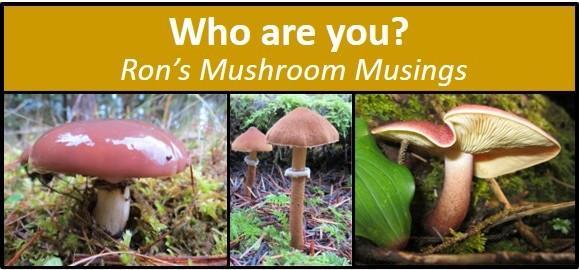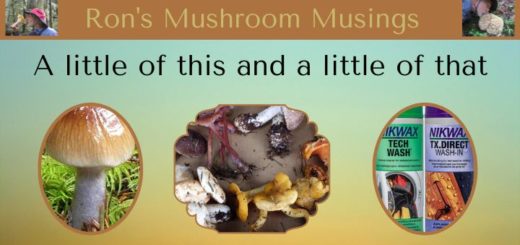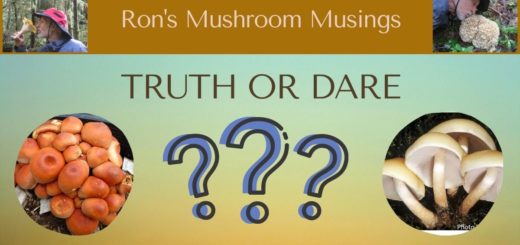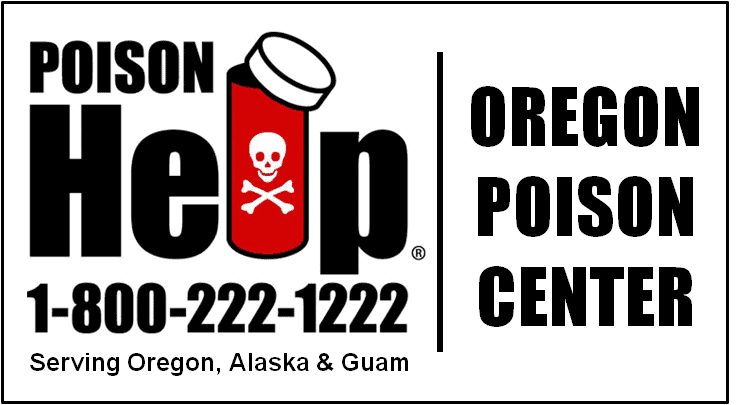Gardening and fungi
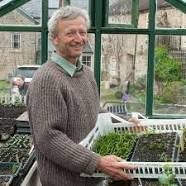
Before Bitty Roy spoke to CMS at our January 15th meeting, a small group of us met for dinner at Laughing Planet. I sat across from Molly Widmer who, when the subject of gardening came up, asked me if I had ever watched any of Charles Dowding’s videos on no-dig gardening. Sadly I had not, but being an avid gardener I am always interesting in how others construct and implement their gardening methodologies. Besides, Molly did such a good job describing and imitating Charles Dowding that I just had to check out some of his videos. Although I had never met the man, after watching a number of his gardening videos I now feel comfortable referring to him simply as Charles. His gardening videos are very informative and are presented in a manner that is both basic yet sensible. Charles exhibits the composed demeanor of a sophisticated university professor along with displaying a somewhat subdued excitement associated with the outcomes of his many gardening experiments. Although Charles has been gardening for many years he still possesses an open mind toward trying variations of some of his tried and true gardening techniques. One area Charles is not willing to compromise on is his no-dig gardening philosophy.
The fundamental bases for no-dig is quite simple. Over time our soils can build up a vast amount of microorganisms that form the cornerstone for growing healthy plants. Two of the main beneficial organisms are bacteria and fungi. Here are several key points as stated in a Fact Sheet on soil quality from New South Wales;
- Soil bacteria and soil fungi are the start of the soil food web that supports other soil organisms and the functions of a healthy soil.
- Diverse populations of soil bacteria and fungi can suppress root diseases.
- Soil bacteria and fungi are encouraged by ground cover and organic matter inputs.
- Populations of soil bacteria change rapidly depending on moisture, time of year, type of crop, stubble management, etc.
- Soil fungi are slower to develop, and are strongly set back by cultivation.
Both bacteria and fungi breakdown organic matter and release beneficial elements necessary for healthy plant growth. However, as stated in item 5 above, soil cultivation strongly impairs fungi development and subsequently soil health. This knowledge was no doubt the basis for Charles’s fundamental logic for using a no-dig gardening regime.
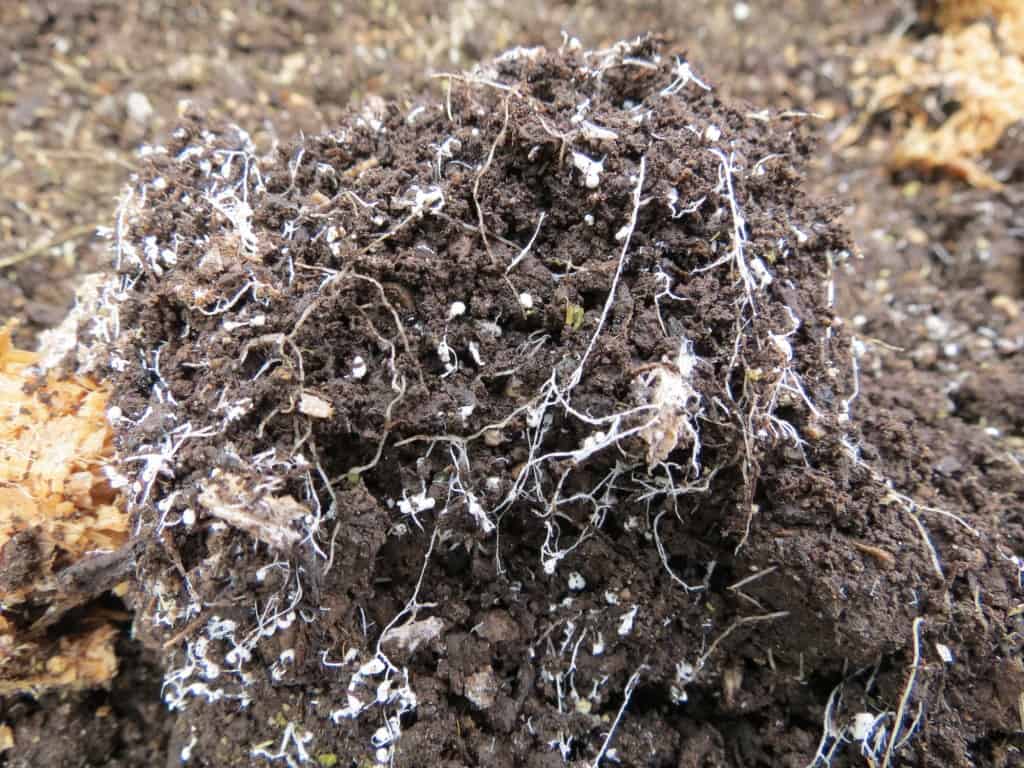
Both Saprobic (decomposers) and Mycorrhizal (symbiotic) fungi work to improve soil health and subsequently plant health. Studies have shown that flowers and vegetables, with the exception of Brassica species (broccoli, kale, arugula…etc.) and beets, all form mycorrhizal relationships. Unfortunately, tilling or heavy digging isn’t the only impediment to healthy fungi in your garden. According to an article by Dr. Linda Chalker-Scott, a WSU science editor, “Significant changes in soil chemistry including salts, lime, heavy metals and fungicides are destructive to mycorrhizal health. However, the most damaging to mycorrhizal health is excessive fertilizer application. With a plethora of nutrients, plants are less dependent on mycorrhizae, which will remain inactive until more hospitable soil conditions return“. While we typically think of gardening as a system where we focus on the plants, studies reveal the true focus should be on the soil. Large scale agriculture generally relies on tilling, sprays, and synthetic fertilizers for success. Over time, these farming practices damage the natural soil structure and subsequently overall plant health, resulting in the need for more sprays and synthetic fertilizers. As small scale gardeners, we have the ability to adopt a philosophy of healthy plants through healthy soil. Ironically, as Charles demonstrates in his gardening experiments, you can actually create better outcomes with less work. Now that’s something we can all appreciate.
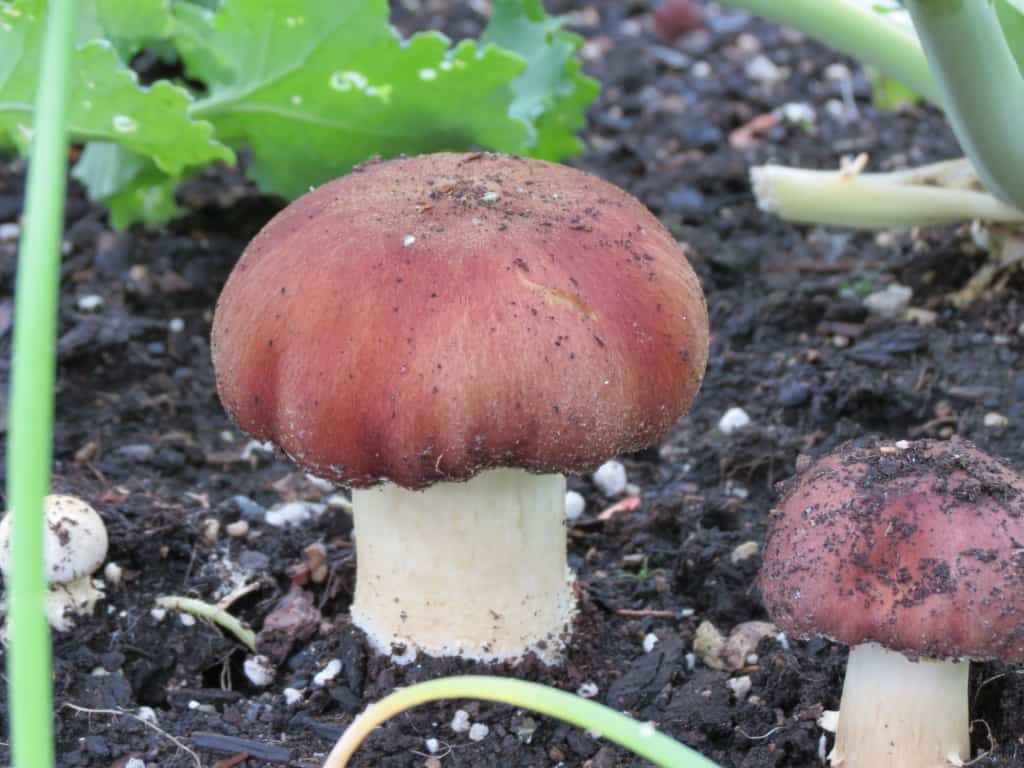
Gardening season is quickly coming upon us and now is a good time to think about some of Charles Dowding’s gardening wisdom. Several years ago Sandy and I did an experiment with one of our raised garden beds by introducing the Saprobic fungus Stropharia rugoso-annulata, commonly known as the garden giant. We inoculated one of our garden beds in the fall and that spring planted several types of vegetables in it. We also planted the same vegetable plants in a non-inoculated garden bed. While both sets of plants proved to be productive, the ones in the inoculated bed were more robust and could be harvested earlier. We also obtained several flushes of large, edible mushrooms as well.
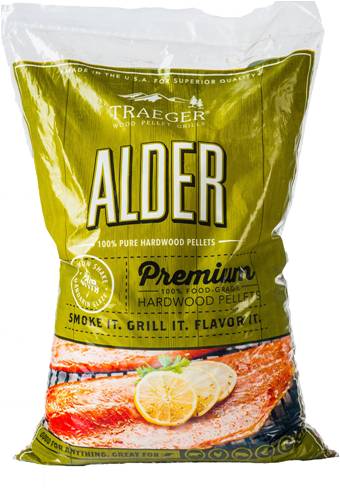
While we have been fairly diligent about using minimal soil disruption, we have only recently added the use of clean chopped bedding straw to our gardens as a surface mulch. We also rely mostly on our composted organic matter and red wiggler worm castings as a top dressing each spring in lieu of store bought fertilizers. In addition, we have been adding 100% food grade hardwood pellets as a top dressing along with leaves and other organic matter in the fall to overwinter. This provides lots of fuel to help maintain a robust microbial network. We use Alder, Maple, and Oak pellets and avoid the more aromatic woods like Mesquite and those from fruit trees. It is important to only use food grade pellets as those meant for other purposes can contain unwanted additives.
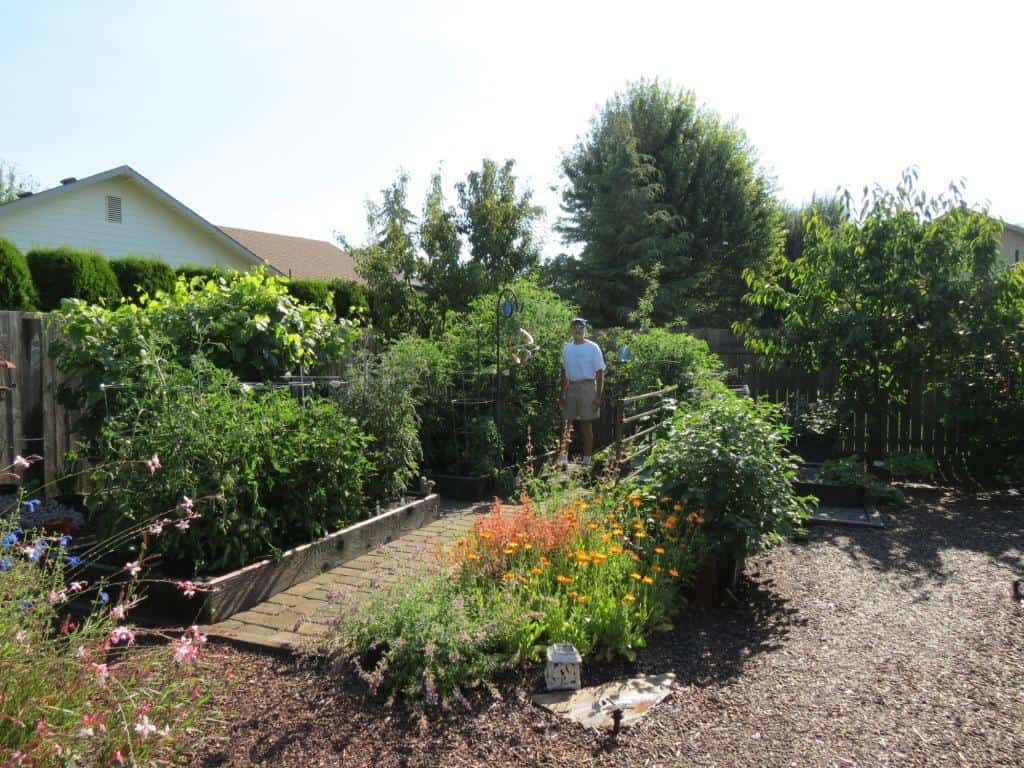
During the first week of February I went to plant sugar snap pea seeds in our only garden bed that gets winter sun. As I moved away the top inch of soil to plant in I encountered an abundance of mycelium digesting the straw and alder pellets placed there in the fall. After planting, I added some additional pellets mixed into the soil used to cover the seeds. The small surface disruption needed for planting is unavoidable and certainly minimal as compared to extensive tilling. In any case, gardening has become much more than just looking at what is growing above the ground. The amazing and intricate network of microbial activity below the surface creates a superior soil structure that in turn creates healthier plants with better outcomes.
Maybe one day Sandy and I will achieve the same level of success and understanding as Charles. I’m already working on my British accent and developing more of a calm demeanor. In the interim, I’ll keep learning and making sure the soil our plants grow in is teaming withbeneficial bacteria, fungi, earthworms, and whatever other organisms make them happy, healthy, and productive.
References
Videos
Charles Dowding’s No-Dig Gardening
The Role of Fungi in the Soil
Animal vs. Mushroom Compost 2-Bed Trial
Animal vs. Mushroom Compost 3-bed Trial
Fungal dominated compost
Articles
So, what the heck are they, anyway?
The Science Behind Composting
Soil bacteria and fungi – New South Wales
What plants do and do not form mycorrhizal relationships

